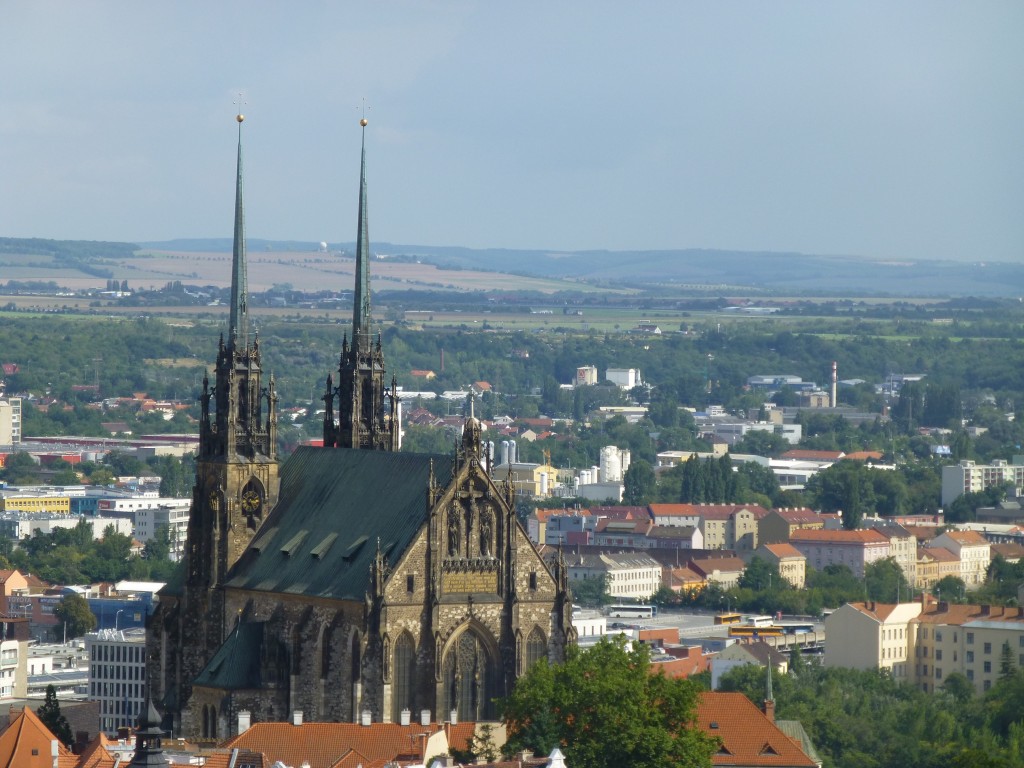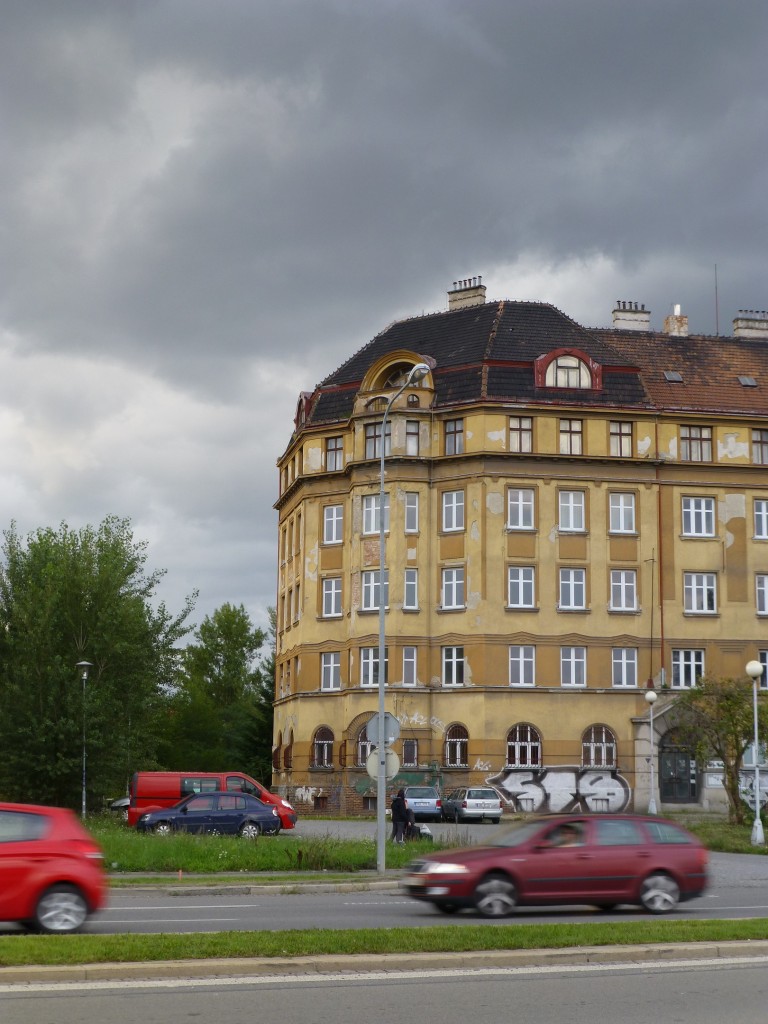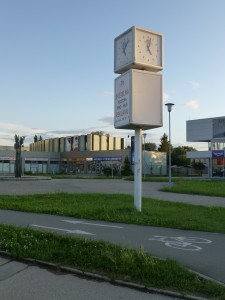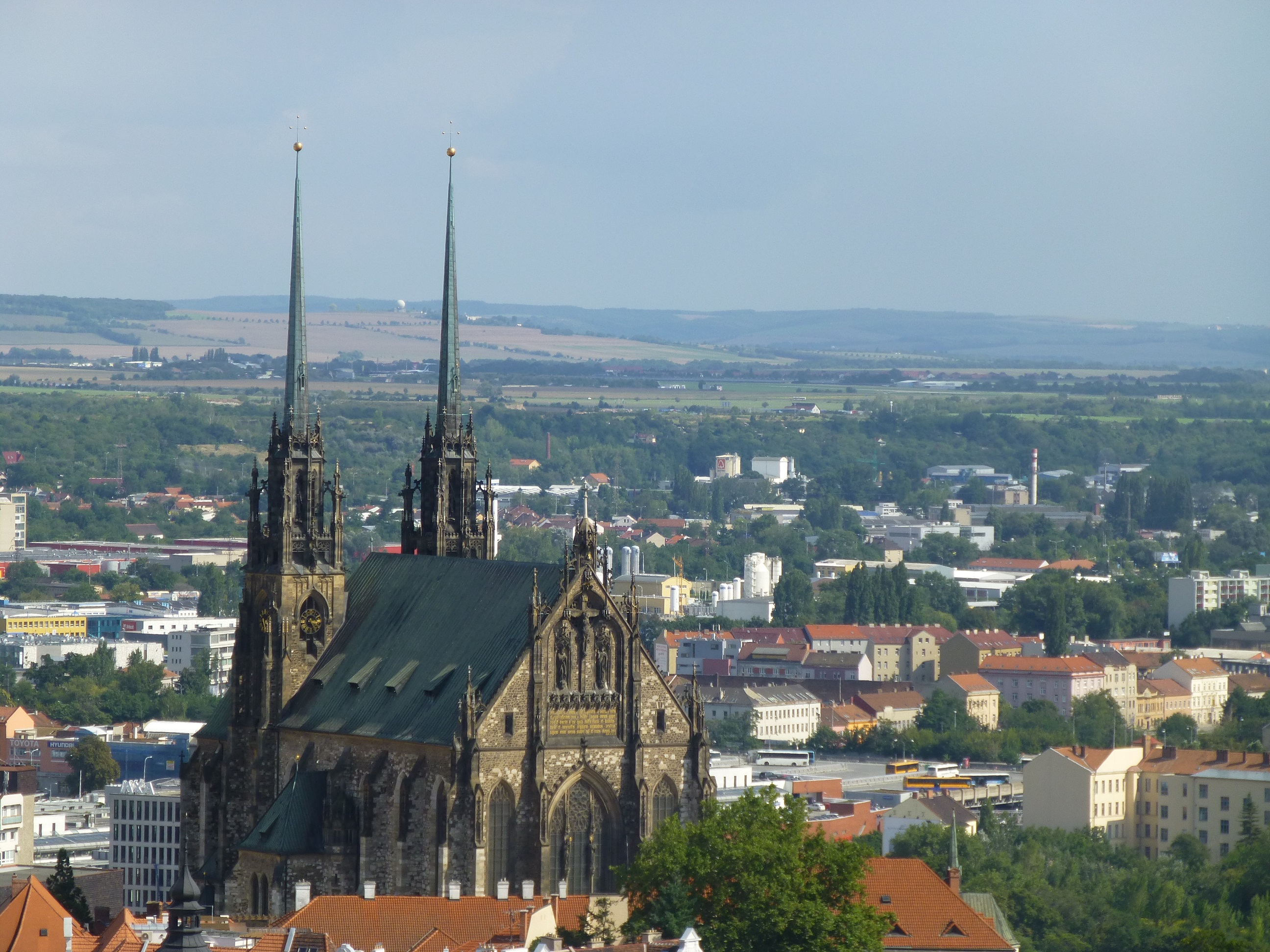Brno has a reputation for being more laid-back than Prague, and it seems to be true.
Prague doesn’t let anyone breathe. You constantly chase the bus or tram; the crowd carries you wherever it pleases; you take a brisk walk to the next sight or meal to cram in everything. You’re fresh and excited the first few days, then frustrated and stressed from interacting with the other tourists. Escaping that scene isn’t bittersweet, especially if you don’t live in a large city.
Brno doesn’t do that. It’s welcoming if you approach it, but won’t go out of its way to cater to you. It sets a nice pace. You can find a place to visit or a neighborhood to explore, but there’s no pressure. If you get to it, so be it. Enjoy yourself.
Brno isn’t architecturally comparable, but it has a long list of interesting sights. Moravians have more curiosity about tourists instead of Bohemian disdain. Perhaps some slight confusion as to why you’re there, but welcoming.
Špilberk Castle and St. Peter and Paul Cathedral dominate the postcards. Špilberk isn’t an architectural wonder, but it’s much less crowded than Prague Castle. Plus, Špilberk had a Balkan Music Night, and Prague didn’t. So until those pictures surface of myself dancing, Špilberk wins.

There’s a stronger language barrier, but almost anyone under 40 speaks some English. Regardless, struggling a bit to order goulash never hurt anyone. It might be bias from my personal experience, but you’ll find a lot more Slovaks here. Granted, if you visit Prague, you barely find local Czechs. Brno is a large university city, and being less than 100 km from the Slovakian border, Slovaks flock here to study. Also, Slovaks understand Czech better than Czechs understand Slovak. Czech-language media programs aren’t dubbed in Slovakia, but Slovak-language media programs are in the Czech Republic.
With all the rain, it feels like I found the Moravian Seattle. It beats the heat and humidity of Ohio, though. I can wear pants and a button-up without battling heat exhaustion. It’s wet, but it’s magical.

Underground walkways in America smell like vomit, regret, and petty theft. In Brno, baked goods and roasted nuts dominate the smells in the walkway from the Galerie Vaňkovka to the train station. It’s delightful. Sure, the place is crammed with stalls hawking cheap riffraff and shoes that aren’t always in pairs. But the rain doesn’t penetrate. Tradeoffs.
It’s a city that’s best explored with a local; events and interesting sights are well-advertised, but without that local knowledge, it’s difficult to find the monthly bluegrass jams, the obscure and delicious food, or the intangible character of a neighborhood. When in doubt, follow the smoke. Brno is free in that smoking in bars, or most any public place, is tolerated and enthusiastically exercised.
I have a theory about public clocks in Brno.

Throughout the city, clocks like that are everywhere. Why they’re rotating cubes, I’ve no idea (unnecessary effects to distract from the ugliness). However, few of them are synchronized within the clock-cube. I think that, in every neighborhood, one is accurate and synchronized. However, the rest are deliberately slow, fast, or off-the-wall wrong, so as to train residents never to trust in the accuracy, quality, or timeliness of city services.
It’s a nice city to use as a base for central Europe. Prague, Vienna, and Bratislava are close. Krakow and Budapest aren’t far off. Hiking opportunities abound, and Moravia has great towns and villages for day trips and weekend stays. So find the squares throughout the city, the weird public “art,” and the beautiful architecture trying to distract from the communist blocks. It’s a scavenger hunt without the stressful competition.
